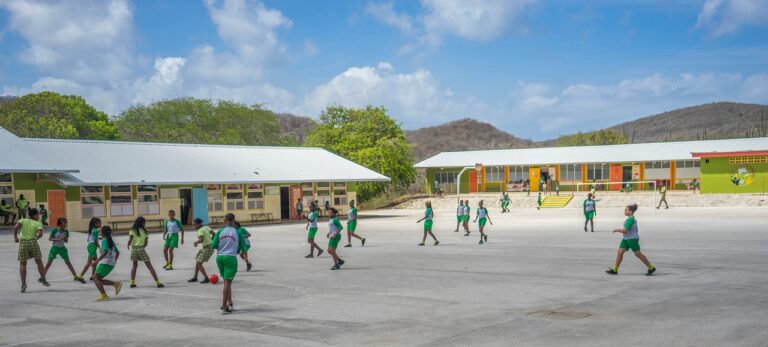Flipped Classrooms: A New Teaching Paradigm
Flipped classrooms offer students the opportunity to take charge of their own learning. By watching lectures and studying materials at home, they can come to class prepared to engage in deeper discussions and activities. This approach promotes active learning and allows for more personalized guidance from teachers during class time.
Additionally, the flipped model can lead to increased student collaboration and interaction. Through group activities and peer learning exercises, students can work together to solve problems and reinforce their understanding of course material. This collaborative environment fosters communication skills and encourages students to support each other in their academic growth.
Understanding the Flipped Learning Model
In a traditional classroom setting, teachers typically present new material during class time, with students then completing homework assignments on their own. However, the flipped learning model reverses this approach. Students are first exposed to new content through pre-recorded lectures or materials outside of the classroom. This allows for valuable class time to be spent on hands-on activities, group discussions, and applying the concepts learned at home.
By shifting the fundamental delivery of instruction outside of the classroom, the flipped learning model encourages a more personalized and interactive learning experience. Students have the flexibility to pause, rewind, and revisit content as needed, catering to individual learning styles and paces. Additionally, educators can use in-class time to provide immediate feedback, address misconceptions, and engage students in collaborative projects that foster critical thinking and problem-solving skills.
What are the benefits of flipped classrooms?
Flipped classrooms allow for more personalized learning, increased student engagement, and more opportunities for hands-on activities. Students can watch lectures at their own pace and have more time for discussions and collaboration during class time.
How does the flipped learning model work?
In the flipped learning model, students watch lectures or read material at home and then come to class ready to engage in discussions, activities, and problem-solving. This allows for more active learning opportunities during class time.
What are some tips for implementing the flipped learning model effectively?
To implement the flipped learning model effectively, teachers should provide clear instructions for students, create engaging and interactive content for students to engage with at home, and use class time for hands-on activities and discussions.
How can teachers assess student understanding in a flipped classroom?
Teachers can assess student understanding in a flipped classroom through quizzes, discussions, group activities, and projects. They can also provide feedback on student work and track progress over time.
What are some common challenges faced when implementing the flipped learning model?
Some common challenges when implementing the flipped learning model include ensuring all students have access to technology at home, managing time effectively during class, and adjusting to a new teaching approach. Teachers may also need to provide additional support for students who struggle with self-directed learning.





